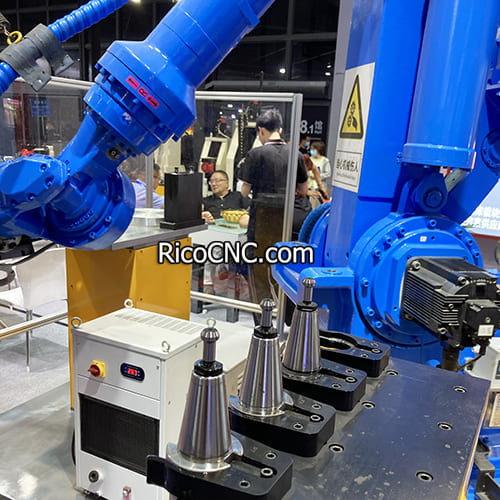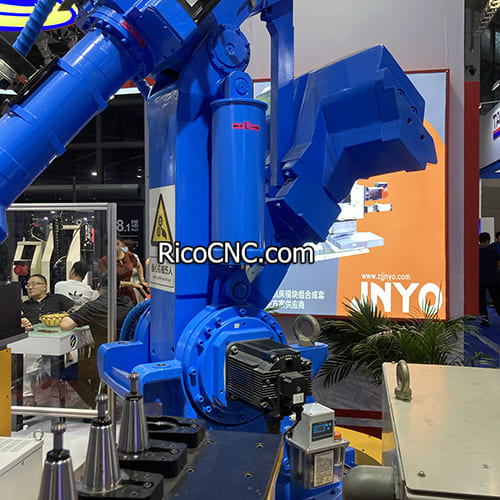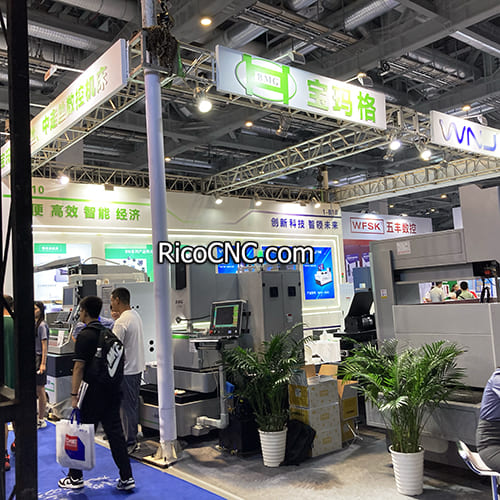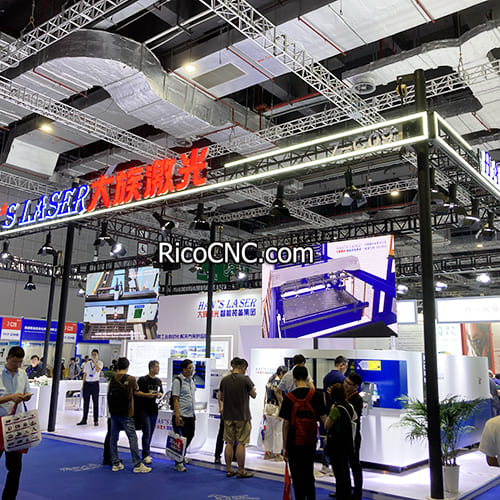
How Do Gear Pumps Work?
Gear pumps are a widely utilized type of positive displacement pump, characterized by their reliability, efficiency, and simple design. These pumps are commonly used in various industrial applications to move fluids at a consistent rate, ensuring stable pressure throughout the system. Understanding the operation of gear pumps is essential to grasp their versatile role in the industrial domain, including sectors like automotive and manufacturing.
What is a Gear Pump?
A gear pump is a type of positive displacement pump that transfers fluids using the mechanical action of gears. There are two primary types of gear pumps: internal gear pumps and external gear pumps. Both work by creating a vacuum that moves fluid from the pump’s inlet to its outlet, ensuring a consistent flow rate.
Gear pumps are incredibly efficient at handling a wide variety of fluids, ranging from light oils to viscous materials. The precision involved in their design allows them to maintain a uniform flow rate even at high pressures, making them indispensable in many specialized applications. Fluid handling, pressure maintenance, and flow rate control are key features of a gear pump.
Internal vs. External Gear Pumps

Internal gear pumps consist of two gears: an inner drive gear and an idler gear. The inner gear is mounted off-center within a larger ring gear, creating spaces that change in volume as the gears rotate, drawing in and pushing out the fluid. On the other hand, external gear pumps have two equal-sized gears that mesh externally. These gears work together to move fluid along the periphery of the pump housing.
The efficiency and adaptability of both designs make gear pumps suitable for diverse applications. For example, internal gear pumps are ideal for viscous fluids like syrups and oils, while external gear pumps are commonly used for thin, non-viscous liquids.
Components of a Gear Pump
Drive Gear: The main gear connected to the pump motor.
Idler Gear: Engages with the drive gear, aiding in fluid movement.
Pump Casing: Houses the gears and helps maintain pressure.
Inlet and Outlet Ports: Facilitate the fluid’s entry and exit.
Bearings: Support the gears and reduce friction.
Each component plays a crucial role in ensuring the pump’s reliable operation, minimizing fluid leakage, and preventing any mechanical damage due to pressure imbalances.
How Gear Pumps Work: Step-by-Step
The operation of gear pumps relies on the principles of positive displacement and mechanical movement. Here is a step-by-step breakdown of how a typical gear pump functions:
Fluid Intake: The gears rotate, creating a void at the inlet. This void creates suction, drawing fluid from the reservoir into the pump chamber.
Fluid Transfer: As the gears continue to rotate, the fluid is trapped in the spaces between the teeth of the gears and the pump casing. The mechanical energy is converted into hydraulic energy, driving the fluid forward.
Fluid Discharge: The meshing of the gears at the outlet forces the fluid out of the pump chamber. This positive displacement mechanism ensures that the fluid is moved in a constant flow, irrespective of changes in pressure conditions.
External Gear Pump Design Advantages
External gear pumps are often preferred for applications requiring higher pressure and constant flow rates. This makes them a popular choice in hydraulic systems, automotive transmissions, and lubrication systems.
Compact Design: Allows for easy installation in confined spaces.
High Efficiency: Achieves efficient fluid movement with minimal energy loss.
Constant Flow: Maintains a steady output regardless of variations in system pressure.
Internal Gear Pump Features
Internal gear pumps are designed for gentle handling of fluids, which is particularly important for viscous liquids and chemicals sensitive to shearing. The off-center positioning of the idler gear in relation to the inner gear allows for smooth fluid displacement, minimizing turbulence and wear.
Versatility: Suitable for both low and high-viscosity fluids.
Low Pulsation: Reduced flow pulsation makes internal gear pumps ideal for applications needing precise fluid control.
Applications of Gear Pumps

Gear pumps are utilized in numerous industries for various purposes. The versatility of these pumps is evident in their widespread use, from small household applications to large-scale industrial processes.
Automotive Industry
In the automotive industry, gear pumps are often used in transmission systems, lubrication circuits, and power steering systems. The external gear pump design ensures that fluid is moved efficiently, maintaining the appropriate pressure for smooth vehicle operation. Gear pumps offer a reliable means of keeping mechanical components lubricated and preventing overheating.
Transmission Fluid Management: Gear pumps ensure a consistent flow of transmission fluid, providing seamless gear shifting.
Power Steering: Helps in maintaining the hydraulic pressure needed to facilitate smooth and responsive steering control.
Chemical and Food Processing
In the chemical and food processing industries, internal gear pumps are commonly used due to their capacity for handling viscous substances like molasses, syrups, and oils. These pumps are designed to be gentle on fluids, which is critical when processing sensitive or delicate materials.
Chemical Applications: Internal gear pumps are resistant to chemical corrosion, making them ideal for acids, solvents, and petroleum products.
Food Processing: Smooth movement ensures that food products are handled without contamination or significant temperature changes.
Hydraulic Systems
Gear pumps play a vital role in hydraulic power systems, providing the required pressure for operating machinery such as cranes, excavators, and industrial lifts. Their positive displacement nature ensures that even at high pressures, the flow rate remains stable, a crucial feature for safe machinery operation.
Marine Applications

Another prominent application of gear pumps is in marine systems, where they are used for bilge pumping, fuel transfer, and lubrication of onboard machinery. The external gear pumps are often used here because of their ability to handle both light and heavy fuel oils with precision.
External Resources for Further Reading
For additional information about related components like servo drives, you can visit servo drive at Qinggong Group. Servo drives play a crucial role in the automation and motor control systems, adding value to the overall efficiency of pumping systems【4†source】.
FAQs
How does an internal gear pump differ from an external gear pump?
Internal gear pumps have an off-center idler gear that works within a larger ring gear, making them ideal for handling high-viscosity fluids with minimal pulsation. External gear pumps, in contrast, have two equal-sized gears that mesh externally, and are used for consistent flow rates in high-pressure applications.
What is the main advantage of using a gear pump in hydraulic systems?
The key advantage is their ability to provide consistent flow regardless of pressure variations, making gear pumps ideal for hydraulic machinery, where consistent pressure is essential.
Can gear pumps handle abrasive fluids?
Gear pumps are generally not recommended for abrasive fluids, as the gears can wear out quickly due to friction. Special coatings can be used in some cases, but other types of pumps are usually more suitable for such tasks.
Why are gear pumps used in the automotive industry?
Gear pumps are utilized in the automotive industry to maintain pressure in lubrication and hydraulic systems. Their ability to provide a reliable, consistent flow ensures that vehicle systems like transmission and power steering work efficiently.
Conclusion

Gear pumps are an essential component in many industries due to their simplicity, reliability, and ability to manage consistent fluid flow. The design differences between internal and external gear pumps offer unique advantages, allowing these pumps to meet a broad range of application needs. Whether in automotive systems, chemical processing, or hydraulic machinery, gear pumps provide a stable solution for fluid transfer, essential for the efficient operation of various mechanical systems.
If you’re interested in learning more about servo drives, AC servo amplifiers, or related products, you can explore our Mitsubishi Servo Amplifier options to see how such systems can enhance your industrial applications【4†source】.
Understanding gear pumps can significantly improve the design and efficiency of fluid systems, contributing to improved performance and reduced downtime. Gear pumps, whether internal or external, offer practical solutions for fluid movement across a wide range of industries. If you need more insights or solutions tailored to your specific application, don’t hesitate to get in touch with us.
















